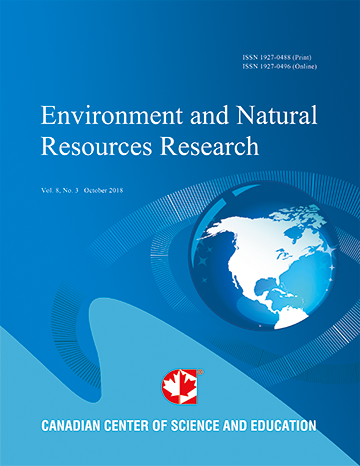Floristic Composition, Species Richness and Diversity of Campo Rupestre Vegetation from the Itacolomi State Park, Minas Gerais, Brazil
- Markus Gastauer
- Maria Teixeira Braga Messias
- João Alves Meira Neto
Abstract
Nevertheless campos rupestres are considered species rich and diverse vegetation formations, phytosociological surveys from the Itacolomi State Park, Minas Gerais, Brazil, are lacking in scientific literature. To close this gap, we compared floristic composition, species richness and diversity from two sites, Lagoa Seca and Calais, both situated within the park. Calais is moderately impacted by extensive pasture, fire, and settling activities. Both surveys contained 15 plots of 10 x 10 m, cardinality of each species was estimated. Beside species richness, the indexes of Shannon-Wiener, Fisher’s ?, the community richness estimator Jackknife 1 and the numbers of endemic, endangered and invasive species were compared. With 107 species, the moderately impacted Calais showed higher species richness than Lagoa Seca (76 species). The indices of Shannon-Wiener and Fisher’s ?, the community richness estimator, as well as point diversity and spatial turnover derived from the species-area relationship (SAR) indicated higher diversity for Calais. From Lagoa Seca, 30% of all species are endemic to the Atlantic Rainforest or to Cerrado, and four species are endangered, not any species found in Lagoa Seca is described as an invasive one. On the other hand, 23 species found in Calais are invasive species, only one from all 107 species is endangered. Only 19% of all species found in Calais are endemic. Nevertheless species richness and diversity differ between both study sites, they are exceptionally high compared to similar vegetation formations from further regions. This justifies the declaration of the park as a local hotspot of biodiversity. Furthermore, our results show that species richness or diversity measures are inappropriate criteria to evaluate the intactness of campo rupestre vegetation. More weight should be put on criteria like numbers of invasive, endemic or endangered species.
- Full Text:
 PDF
PDF
- DOI:10.5539/enrr.v2n3p115
Journal Metrics
Google-based Impact Factor (2016): 6.22
h-index (November 2017): 12
i10-index (November 2017): 19
h5-index (November 2017): 11
h5-median (November 2017): 12
Index
Contact
- Emily LinEditorial Assistant
- enrr@ccsenet.org
